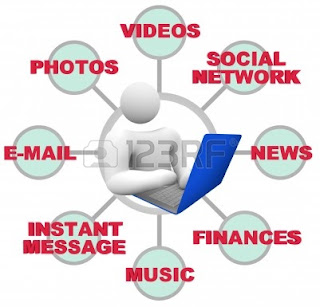The impact in technology in our lives, today, is unmeasurable. We use technology every day, in different ways and we do it to harming up our lives or the society we live in. But what we are used to call modern technology, technically it is not as new as we think.
For instance, if we have a great smartphone today we can figure out that it is just an advancement of an ordinary mobile phone that we had years ago. Or look at a train today – we used to use steam powered trains and now we have electronic trains – just to get faster to some place. The technology evolves, but it finds old ways and old technologies to evolve.
We use technology every day, in order to fulfil specific tasks or specific interests. We have specific needs and we want to have faster technologies.
So, what are the advantages and disadvantages of the so called “Modern Technology”? Take a look below.
Improved communication – advanced communication technology tools;
Easy access to information – at anytime and anywhere;
Improved housing and lifestyle – most of the items that we have in our homes today are automated (if we compare with houses in the 70´s, 80´s, 90´s);
Improved entertainment - we have more video games now, good music to listen and visual systems like smart TV's;
Social Networking – great improvement for individuals and businesses;
Convenience in education – online and mobile education;
Convenience of traveling – very important in our lives and in the business world;
Changed the health industry – modern technology in hospitals, reducing the mistakes made by doctors and evolving the patients treatments;
Efficiency and productivity – helping businesses increasing production, saving time and money in the industry;
Encourages innovation and creativity – it is very easy to start a job today (while at home). A good example is kickstarter.com which helps creative people get funds for projects through crowd funding.

Disadvantages
Job loss – replacing humans;
World destruction weapons – increasing endless wars;
Increased loneliness – social isolation;
Competency – increased dependency on modern tools that reduces our creativity and intelligence.










